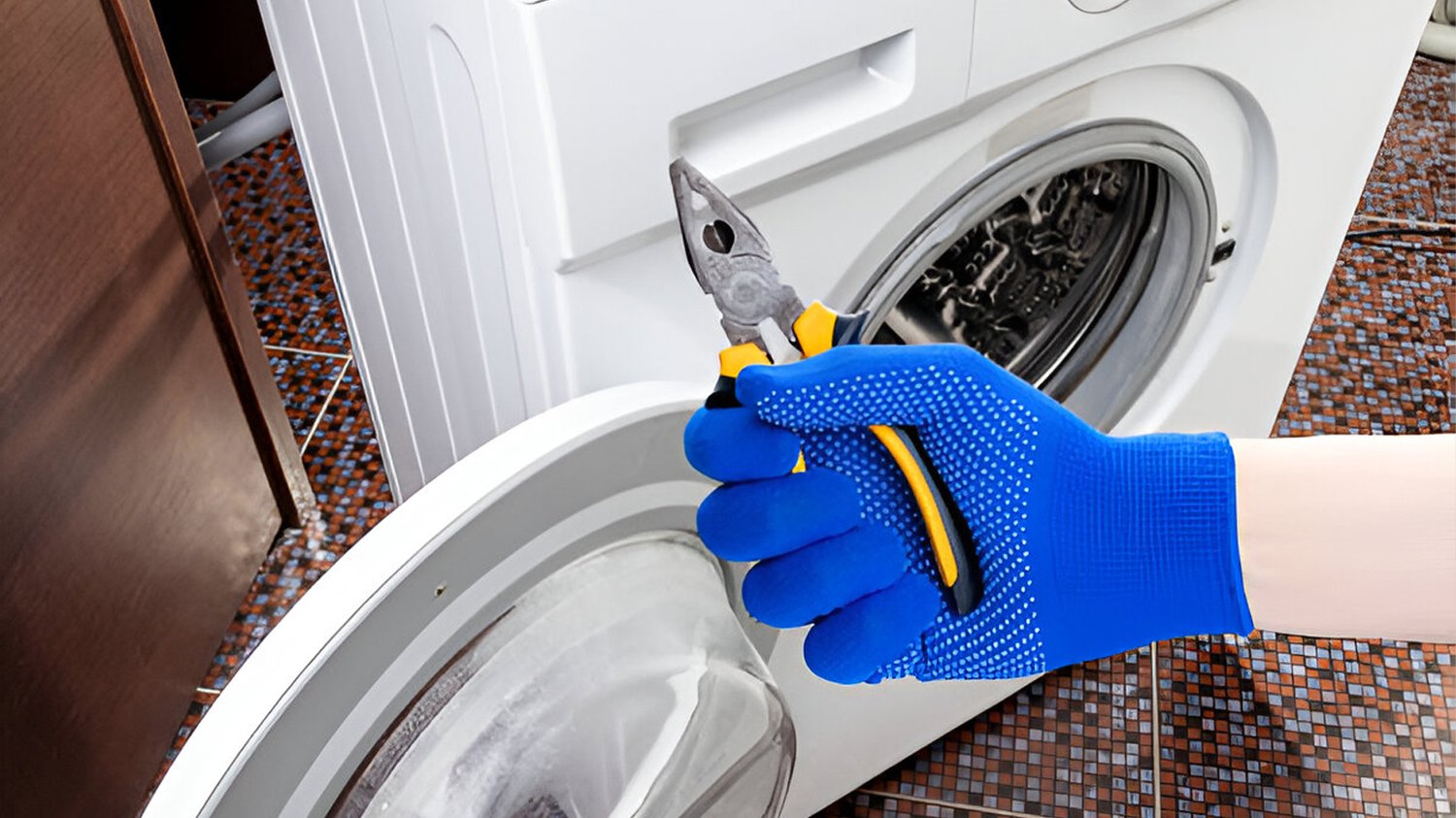Maintaining Your Washing Machine: Key Parts to Check Regularly
Washing machines are essential household appliances that undergo rigorous use and often require maintenance. Maintaining your washing machine is crucial for its longevity and optimum performance. Regular inspections of some key parts of your machine can prevent unnecessary repairs and replacements. Here are some key parts of your washing machine to check regularly:
1. Hoses
The hoses are attached to the back of your washing machine and supply hot and cold water. Over time, these hoses can become brittle and crack or loosen, leading to leaks and water damage. Therefore, regularly check the hoses for any signs of cracks or loose connections. Replace hoses every five years or as soon as you notice any wear and tear.
2. Pump filter
The pump filter is located at the bottom of the washing machine and collects debris, lint, and coins. An accumulation of debris can cause stress on the motor and weaken the pump's performance. It would be best if you cleaned the pump filter at least once a month to avoid any blockages.
3. Door seal
The door seal, also known as the gasket, is the rubber ring that seals the door when closed. The door seal can trap moisture, lint, and other debris over time, causing it to wear out quickly. Inspect the door seal regularly for any signs of cracks or wear and tear. Clean the door seal with a damp cloth and mild soap, ensuring that it's dry before closing the door.
4. Detergent dispenser
The detergent dispenser can collect detergent residue, leading to clogs and build-up. Clean the dispenser tray regularly to avoid blockages. In addition, using too much detergent can damage the dispenser, leading to costly repairs.
5. Agitator
The agitator is the mechanism in the washer's drum that rotates the clothes during the wash cycle. Over time, the agitator can become loose or broken, causing it to malfunction. Inspect the agitator regularly and ensure it's securely attached to the drum. Replace the agitator if you notice any signs of wear and tear or loose connections.
6. Belts
The belts in your washing machine are responsible for transmitting power from the motor to the drum. Over time, these belts can stretch or break, causing the machine to stop working. Inspect the belts regularly for any signs of wear and tear. If you notice any fraying, cracks, or breaks in the belts, it's time to replace them.
7. Drum
The drum is where you place your clothes for washing. Over time, the drum can accumulate dirt, lint, and debris, leading to unpleasant odors and hygiene issues. Regularly clean the drum after each wash cycle, and run a cleaning cycle once a month. A dirty drum can also cause the machine to become unbalanced, leading to unnecessary wear and tear on other components.
8. Water inlet valve
The water inlet valve is responsible for controlling the water supply to the washing machine. Over time, these valves can become clogged or damaged, leading to leaks, flooding, or low water pressure. Inspect the water inlet valve regularly for any signs of blockage or leaks. Replace the valve if you notice any wear and tear or clogs.
9. Motor
The motor is the heart of your washing machine. Over time, the motor can wear out, leading to poor performance and breakdowns. Regularly check the motor for any signs of overheating, unusual noises, or vibrations. Keep your machine clean and well-maintained to extend the life of the motor.
10. Control panel
The control panel is the interface between you and your washing machine. Over time, the buttons and knobs can wear out or become damaged, leading to malfunctions or error codes. Clean the control panel regularly with a damp cloth, and avoid using harsh chemicals that can damage the panel. If you notice any problems with the control panel, it's best to seek professional help to avoid aggravating the issue.

